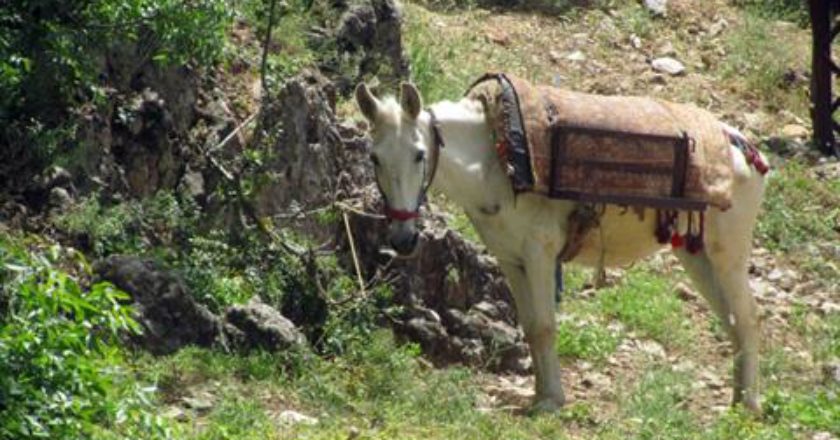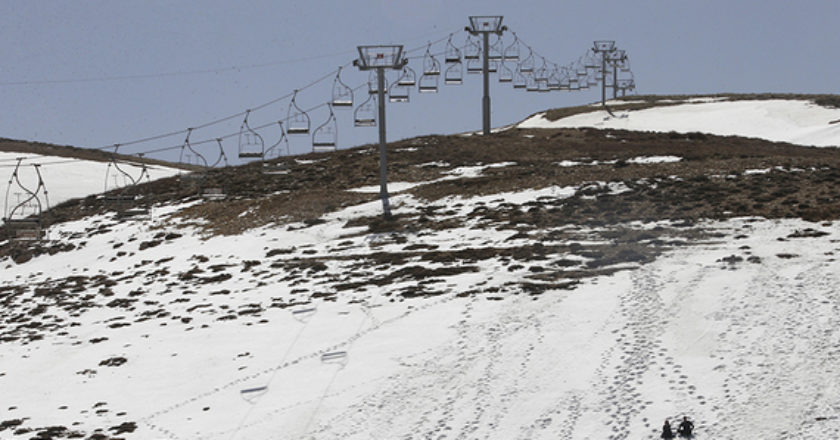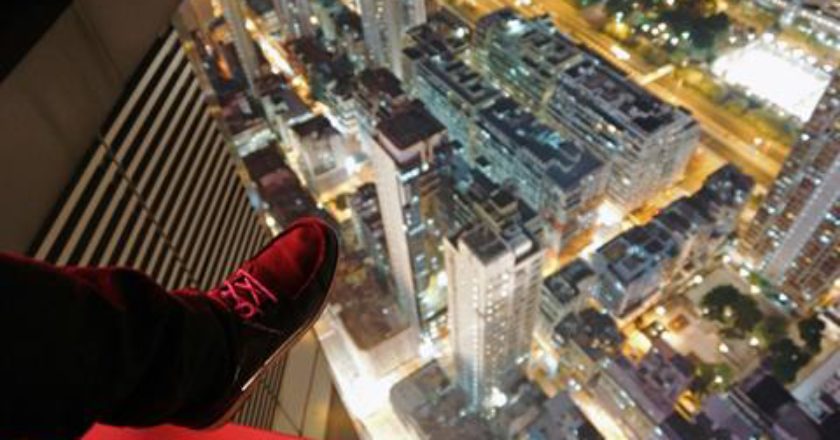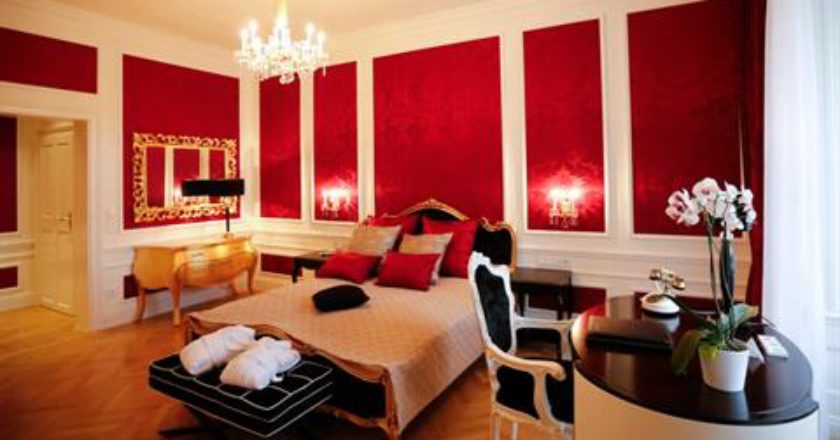BEIRUT: Local anthropologist and tour operator Nour Farra Haddad has released what is arguably the most comprehensive guidebook ever on ecotourism in Lebanon.
Broken down into five color-coded sections spanning 400 pages, “Eco-Lebanon Nature and Rural Tourism: A Guide to Unveil Lebanon” is a joint project between Haddad and the Tourism Ministry, with the help of Hospitality Services. The book, a guided directory written in English, aims to promote internal tourism among Lebanese as foreign visitors have dwindled alongside security.
“The idea of the book, now especially, is to develop domestic tourism because we all know nowadays that we don’t have international tourists coming from abroad,” Haddad told The Daily Star. “Their first impression to the book is ‘Do we have all that in Lebanon?’”
The idea for the book came from Haddad’s experience as a tourism consultant, receiving constant calls from Lebanese asking where they can do certain activities.
“I thought it would be a good thing to put this data together,” she said.
Poor security and rising sectarianism has pushed Lebanese to retreat into their respective communities. That fact has caused a fear of exploring and a major challenge in the development of domestic tourism, Haddad said.
Take south Lebanon, for example, where the stigma of war and the region’s association with Hezbollah has discouraged tourism despite its wealth of natural reserves, hiking and water activities and Christian religious sites. “Unfortunately, the south is still associated with war and violence,” Haddad said. “It’s the Lebanese reality. I know we are all dreaming of moving around without these sorts of associations.”
Most, if not all, of the travel guides covering Lebanon – such as Lonely Planet or locally produced guides – target an international audience and offer a glance at the more famous and well-operated touristic sites, places such as the ruins in Baalbek or the Jeita Grotto. In contrast, “Eco-Lebanon” offers detailed contact information about activities so far off the beaten path they even surprised the writer, she said.
“When I submitted the project to the Ministry of Tourism, it was just 200 pages, but as I was working on it, I found so many things,” she said.
For example, Shebaa, an area of south Lebanon, is rarely mentioned outside the context of sporadic border skirmishes with Israel. But Haddad discovered there’s a lot more to the area than the tense Blue Line.
For example, she found the Museum of Water Mills, a historic and touristic site in one of the least-visited areas of the country. There are also hiking trails to Mount Hermon that start in Shebaa, where along the way hikers will find traces of ancient Roman religious sites such as a stone enclosure in Qasr Antar.
At the peak of the mountain is a site for Austrian U.N. peacekeepers. The book also explains that this is one of the last habitats in the Middle East with wild bears.
It’s these obscure facts that make “Eco-Lebanon” an unprecedented guide to the country. Even sections on well-documented attractions, such as the booming wine industry, include lesser-known or uncommercialized options in addition to well-known sites. For example, the book lists 53 different vintners, including monasteries and more obscure producers with private vineyards.
“Did you know that Phoenician ships are still being built in Tyre?” former Tourism Minister Fady Abboud asked in the introduction. “Did you know that wonderful hiking trips were rehabilitated by the municipalities of Daroun and Aintoura. … Did you know you can find more than 125 alternative lodgings in Lebanon as social centers, monasteries and [camp sites].”
The help of the Tourism Ministry in funding the project made it possible for Haddad to avoid advertising in the book, which as a result takes an unbiased approach to suggesting things to do. Each activity section includes options from south to north and highlights particular projects and places based on their novelty or merit only.
Lebanon’s official touristic sites are few in comparison to the many privately operated or informal activities. Agri-tourism is the largest section in Haddad’s book, for example, but its activities are some of the most underdeveloped attractions in the country.
A popular fall activity in the United States, apple picking is one of the only pick-your-own activities that are officially offered in the country, though fruit and vegetable harvesting is a year-round occupation here. The olive and olive oil season also has established pick-your-own outings, as well as press and production tours.
A sign of the book’s Lebanese audience, Haddad suggests the reader ask around to friends and family to find a generous farmer willing to give a tour of their land. If the reader’s social network is confined to city dwellers, then Haddad has listed two dozen farms, growing and raising all kinds of produce and animals, that informally welcome visitors.
The guide is best used after a careful read through. Buried in the small font and hundreds of pages are activities some may never know to look up. Without an index at the back, skimming the book and becoming acquainted with its subsections is a must if you don’t want to miss out on some of the best tips in the book’s expanse.
Readers can also hunt for obscure details by looking for a recurring caricature of an old man, who offers help information throughout the book.
Haddad was quick to point out that “Eco-Lebanon” does not include everything, and that for some subsections, her suggestions are just a selection of the options to, for instance, dine next to Lebanon’s idyllic rivers. She also said she designated the book’s offerings as ecotourism, but that she could not ensure everything was 100 percent environmentally safe or sustainable. That’s the nature of an underdeveloped industry, she said.
“We want to believe that there is still hope for tourism in Lebanon,” she said.
“The Lebanese can make a difference if you give them the tools.”
Source: The Daily Star
 favorite is Bachir’s (photo). Just order the small cone with mixed flavors. Its colorful, mouth-watering, filling, and still under $2. Don’t worry if you can’t find it. There’s one on almost every other street.
favorite is Bachir’s (photo). Just order the small cone with mixed flavors. Its colorful, mouth-watering, filling, and still under $2. Don’t worry if you can’t find it. There’s one on almost every other street.






